Siinterklaas is the Dutch Santa Claus, the one and only real Dutch Santa, sails from Spain to the Netherlands on a sturdy steamer call ed “Stoomboot”. This powerful boat is vfilled with gifts and sweets for any Dutch Child. Santa’s “Stoomboot” arrives in mid-November. Saint Nicolas is also known as Sinterklaas, Goed Heiligman transled as Patron Saint.
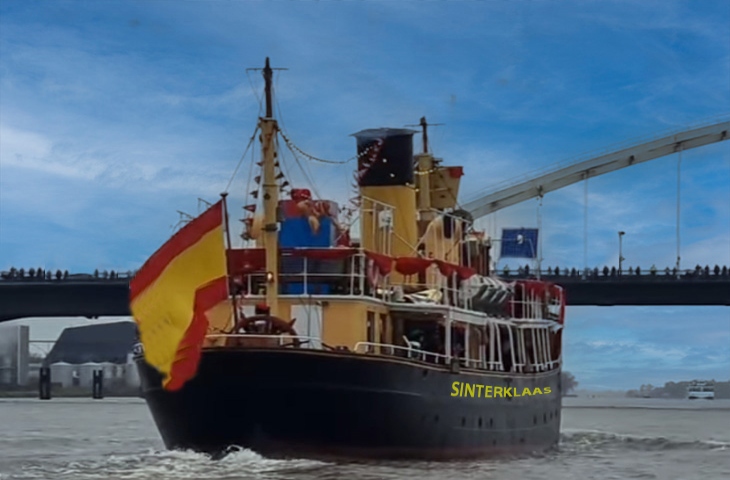
Sinterklaas is more than welcome in the Netherlands, the whole country is waiting for his arrival. Sinterklaas is known for his generosity. During his visit to the Netherlands, he is celebrating vcbnvbnbnmm˜æ;;mhis birthday. On the night of his celebration, children receive gifts and treats in their shoes left out the night before. This emphasizes the joy of giving and receiving.
Who was Sinterklaas, let’s check some history of this Good Holy Saint
Sinterklaas is a bishop from the 4th century who lived in Myra (Turkey). From the 11th century he has been known in Western Europe for his many miracles, he brought some young children back to life and became the patron saint of children. The exceptionally generous bishop died on December 6, 342 and in the centuries that followed, all kinds of legends arose around his person. Saint Nicholas was canonized for his good deeds and we still celebrate that on the evening of December 5th. The story of how Sinterklaas delivers presents at night is based on his generosity.
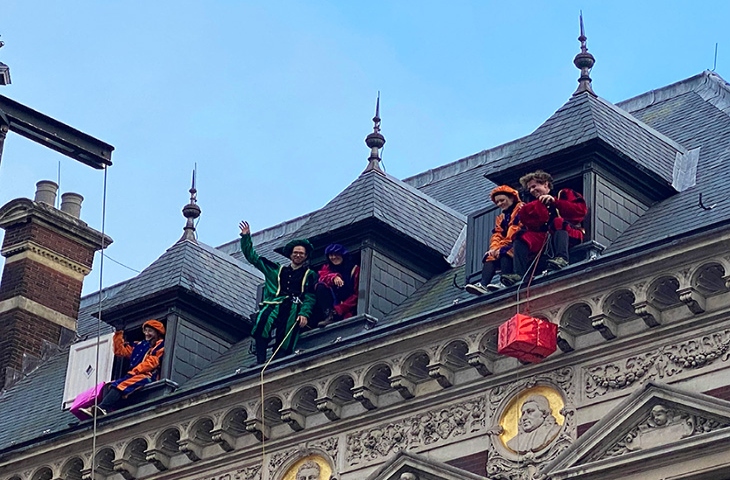
Update 2023 – Sinterklaas News – Arrival 18th November – Life Broadcast
The arrival of Sinterklaas, known as the “Sinterklaas intocht,” is scheduled for November 18th and will be live broadcast on TV. The “Sinterklaas intocht” marks the official start of the Sinterklaas festivities. Sinterklaas is making a grand entrance into a town or city, often accompanied by a festive parade and celebrations. Viewers can tune in on November 18th to witness the excitement and kick off the holiday season with the arrival of Sinterklaas on television.
Daily at 6.00 PM, from 13th November till 6 December, there is a special broadcast The “Sinterklaas Journal”. The show provides daily news updates related to the arrival and activities of Sinterklaas, a traditional figure in Dutch and Belgian folklore similar to Santa Claus. The program is very popular, especially with younger kids. The Journal is keeping viewers informed about Sinterklaas’s journey and the various events leading up to the celebration on December 5th, known as “The Lovely Sinterklaas Evening” – Heerlijke Sinterklaasavond.
➔ READ MORE – Sinterklaas Journaal
➔ READ MORE -Sinterklaas Journaal – You Tube
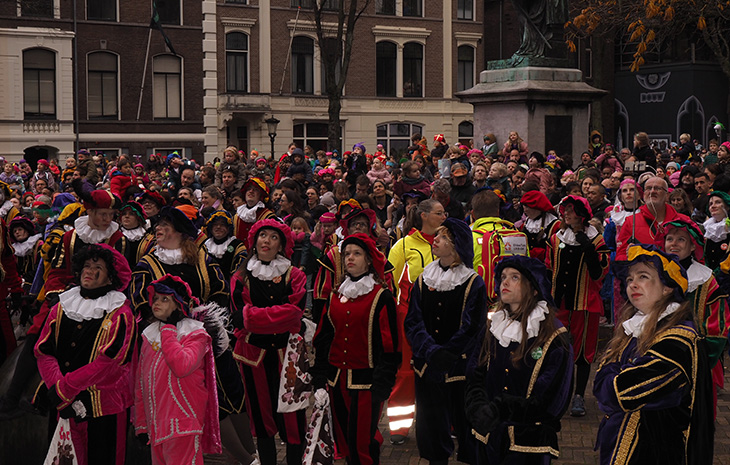
Sinterklaas Journal for viewers outside the Netherlands
For people living outside the Netherlands, it’s possible to follow “Het Sinterklaasjournaal” on BVN, a Dutch and Flemish public broadcasting channel. The show airs daily at 18:20 ( Dutch time ) starting from November 13th. Additionally, the arrival of Sinterklaas, known as the “intocht,” can be watched on November 18th from 13:00 ( Dutch time ). This provides an opportunity for a broader audience, including those residing outside the Netherlands, to join in the festivities and follow the Sinterklaas celebrations through BVN TV channel.
➔ READ MORE – Sinterklaas arrival through BVN channel
Sinterklaas is a movie star in the Cinema
Cinema Movie “De Grote Sinterklaas Film”, best translated as The Big Sinterklaas Movie
This movie is a Kids / Family movie but is only spoken in the Dutch language, no subtitles are available.
➔ READ MORE – Sinterklaas Movie Cinema
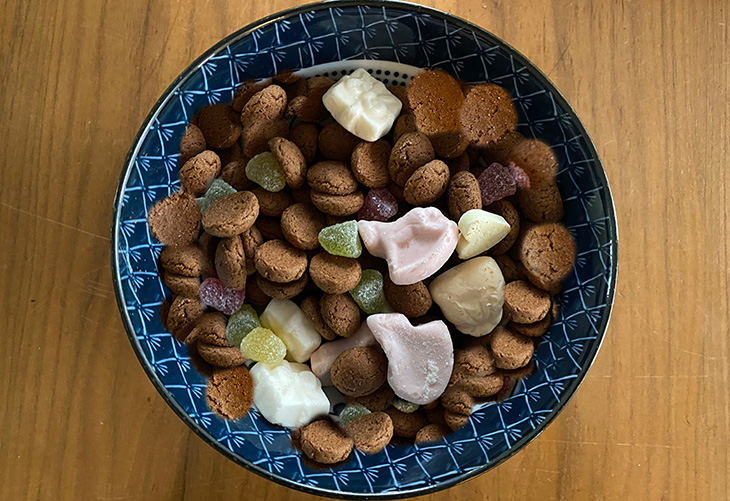
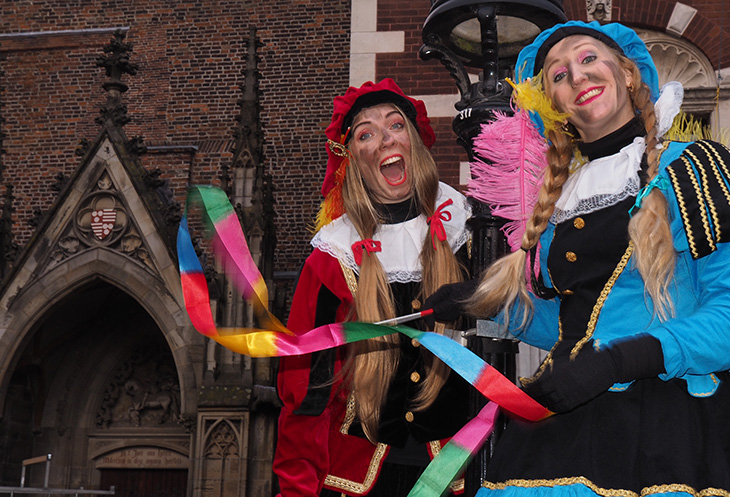
Celebrate Sinterklaas like a local
How nice is that, celebrate Sinterklaas like a Dutchman. Start by watching the Arrival of Sinterklaas, eat some Pepernoten, and put your shoe near the chimney. Put a carrot and your wishlist in your shoe, sing a Sinterklaas song, and go to bed. If you behaved well this past year you might be surprised. Sinterklaas and his helper Piet will visit you at night and bring you some special Sinterklaas sweets and presents.
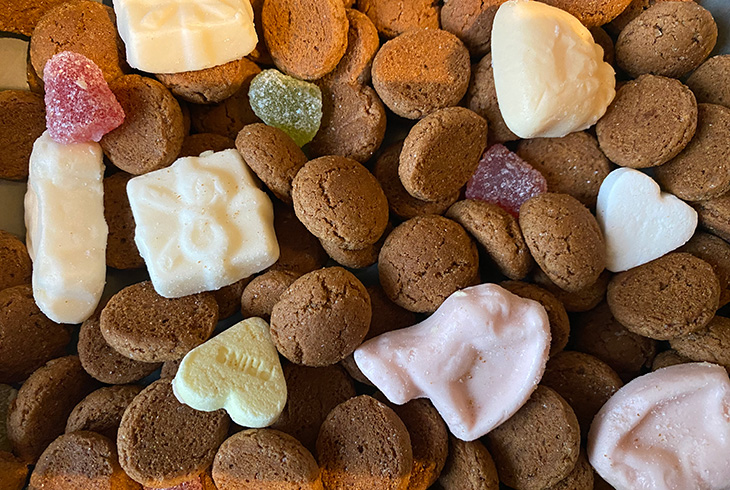
The arrival of the Saint Nicolas steamer in the Dutch harbor broadcast life on National TV
The spectacular arrival of Santa is broadcast live on national television and of course, all Dutch children watch this event back home maybe preparing their Sinterklaas wish list as well. While at the port of Santa’s arrival, children stood lined up for hours, full of expectations, waiting for “Sinterklaas” while singing Santa Songs. immediately after arriving Dutch Santa moves on. He visits every town and village in the Netherlands to collect the wish lists from the children. The holy man never forgets a child. Every city and village in the Netherlands welcome Sinterklaas and his helpers on Mid-November Saturdays. If there is a waterway in the area Sinterklaas usually arrives by boat. If there is no river or canal the holy man might arrive by car, carriage, horse, or any fancy means of transport.
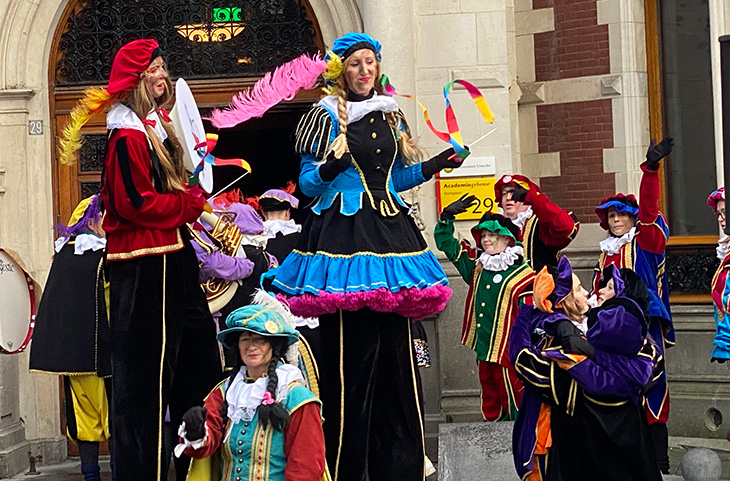
Big Red Book from Sinterklaas
Sinterklaas has a big red book in which he writes all the information about the Dutch children. Sinterklaas’s book is indispensable for the good Saint. This book tells you who was good last year, but also who was naughty and had to go to Spain. The book of Sinterklaas is also called ‘The Big Book of St. Nicholas’.
The book is part of the Dutch tradition. The “big red book of Sinterklaas” is an important part of the Sinterklaas celebration. It is a fictional book in which Sinterklaas keeps all the information about children, such as their names, ages, behavior, and whether they have been good or not. Sinterklaas uses this book to decide which gifts children will receive on the evening of December 5th, known as the lovely evening of Sinterklaas, pakjesavond, or gift evening.
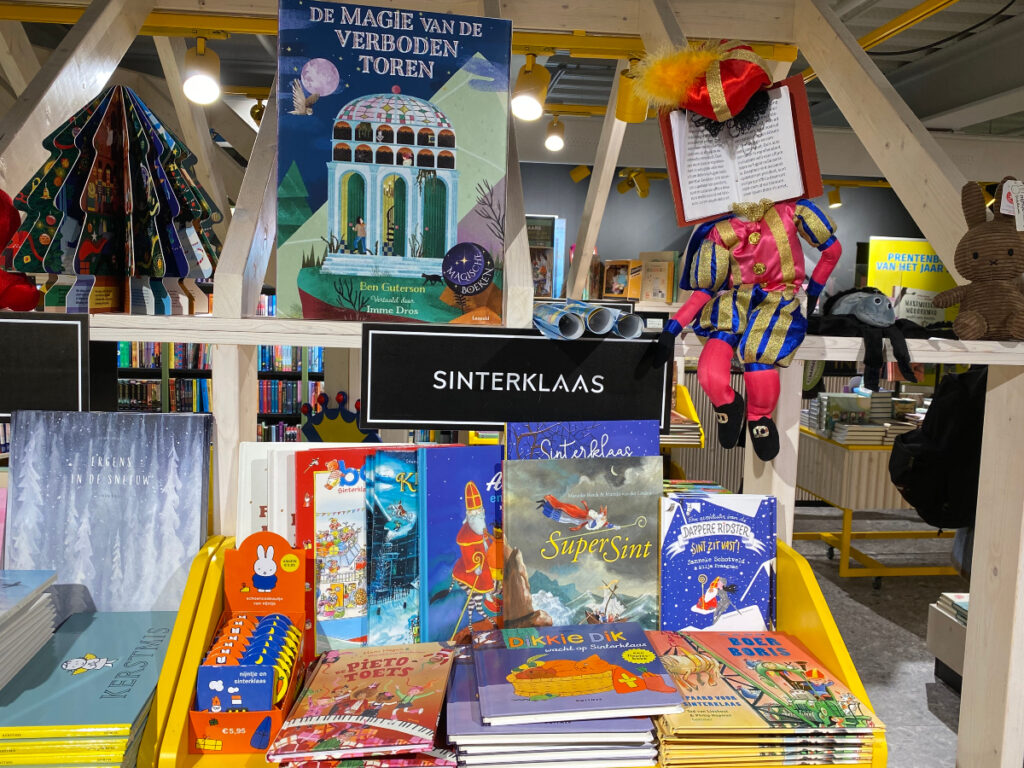
Santa Claus’ helpers sail the Sturdy Steamer called ” Stoomboot”
The lovely Dutch Santa has many helpers. All helpers are called “Piet”. The helpers sail the Sturdy Steamer. Quite a dirty job actually. On the ship the helpers – the “Pete’s” in English but in Dutch we say “Pieten”- have to keep a huge fire going to operate the steam engines. To get this done dozens of Pete’s burn charcoal. Their fire starts with a lot of smoke and soot. This dirt covers Pete’s skin as he has to be standing next to the fire feeding it with charcoal. Pete’s huge fire keeps the water boiling thus keeping the pressure on the steam kettles high enough, to keep the steamship engines going. Children love these Piet persons as long as they are not too dirty and take it easy with black makeup. By now you should realize, that the arrival of Dutch Santa – Saint Nicolas – is quite an event. National television even broadcasts the arrival of the Saint live. Each year a different city is chosen for the Saint to come ashore. The Saint is called “Nicolas” in English but Dutch children call the holy man “Sinterklaas”. The mayor and his dignitaries welcome Sinterklaas upon his arrival in the harbor. When all the children and their parents sing special Santa Songs.
For the exact date of Santa’s arrival in any Dutch town check at the tourist office.
➔ READ MORE – Sing a long with Sinterklaas songs
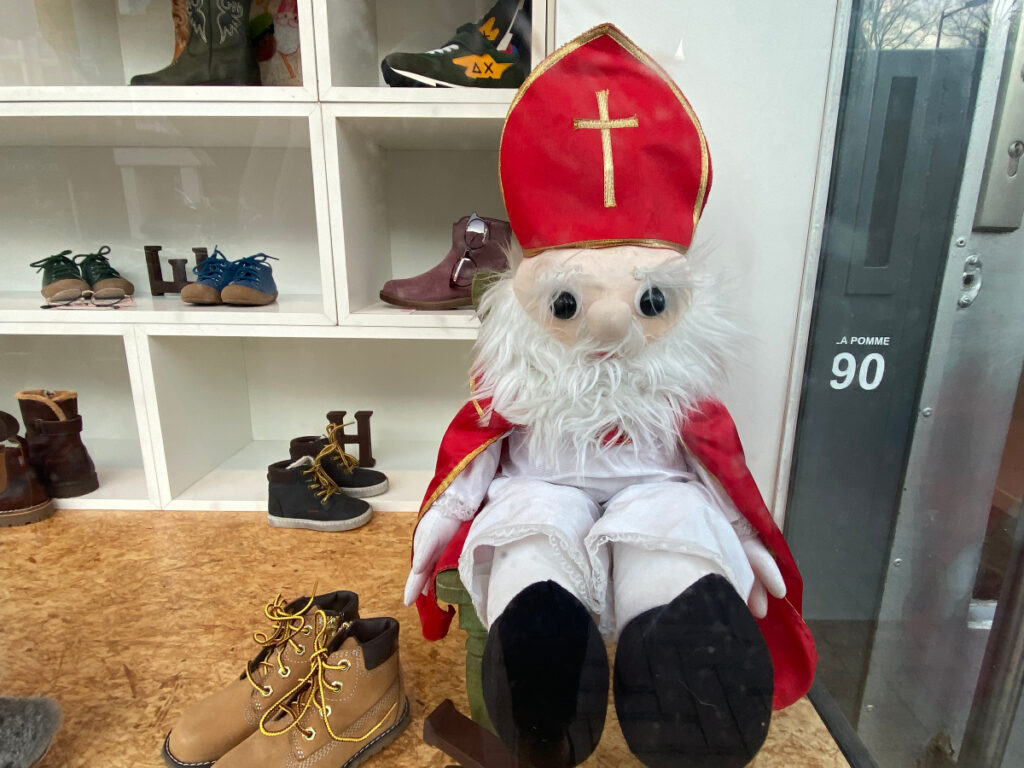
From Mid-November till December 5 the holy Bishop tours The Netherlands
Sinterklaas stays in the Netherlands from mid-November until December 5. During this period, a daily Santa Claus journal was broadcast on national television. The first broadcast of the Sinterklaas news bulletin starts already in the first week of November.

Sinterklaas and his helper Piet visit each family. Piet crawls through chimneys to deliver presents.
Usually, children put their shoes next to the chimney to receive Santa’s presents. In the shoe, most children put nice things like carrots and hay for Saint Nicolas’s horse and a letter to Sinterklaas with a wishlist and a drawing. At night, Sinterklaas rides over the rooftops on his white horse Amerigo, and places traditional sweets and gifts in the children’s shoes. Traditional sweets are Pepernoten, marzipan, and chocolate letters. Santa buys these delicacies at bakeries and supermarkets.
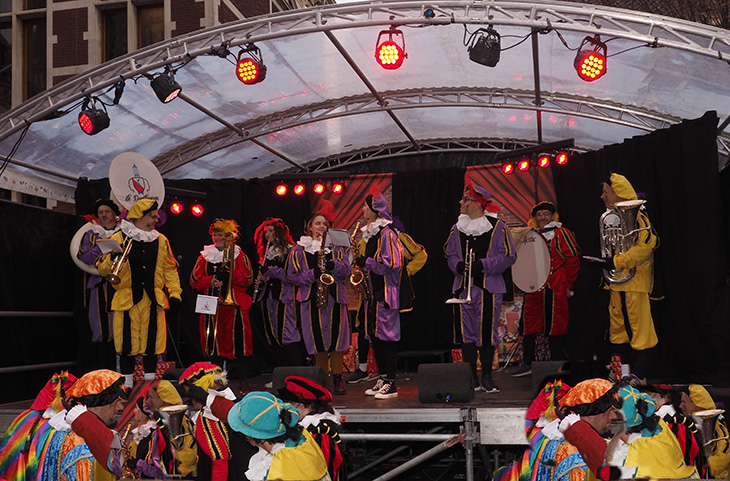
Saint Nickolas’s birthday is on December 5th
On December 5, the birthday of Sinterklaas is celebrated at schools, offices, clubs, and at home. Loads of gifts are exchanged. Sinterklaas and his helpers really exist, it’s not a made-up story. Until the age of 6 or 7 years, lots of children see the white-bearded man racing on his gray Lippizaner horse named Amerigo over the rooftops.
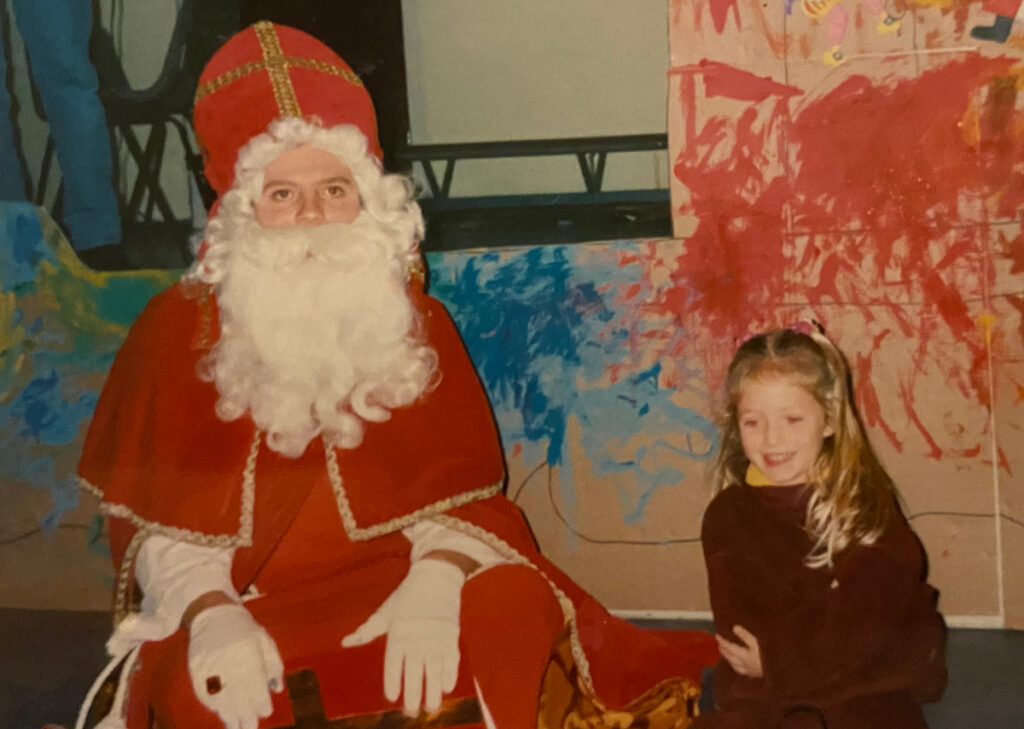
On December 5th is the lovely evening of Sinterklaas
The lovely evening has come… On 5 December, many Dutch people celebrate ‘gift night’ with treats and presents. The most popular gift is Lego but dolls and books are very common as well. After celebrating his birthday on December 5th, Sinterklaas leaves for Belgium where his birthday also is celebrated. On December 7th Sinterklaas leaves quietly for Spain where he lives the rest of the year. As far as we know Sinterklaas lives in San Nicolás del Real Camino, province Palencia at Castilla y León near the Camino de Santiago.
➔ READ MORE – Lego, most popular present
Surprise your loved ones and arrange a visit from Sinterklaas
How nice is that to surprise your loved ones with a visit to Sinterklaas and some Pieten in your home or hotel room? Many parents, families, schools, and offices enjoy the personal visit of Sinterklaas. Of course, Sinterklaas can’t make so many personal visits. That is why there are so-called Help Sinterklazen and Pieten, they can be booked on many websites. Some of them speak English and some of them don’t. Just google “Huur een sinterklaas”.
➔ BREAD MORE – Book a Help Sinterklaas with some Pieten to visit your place
➔ READ MORE – Book a professional Sinterklaas – Sinterklaas at its Best
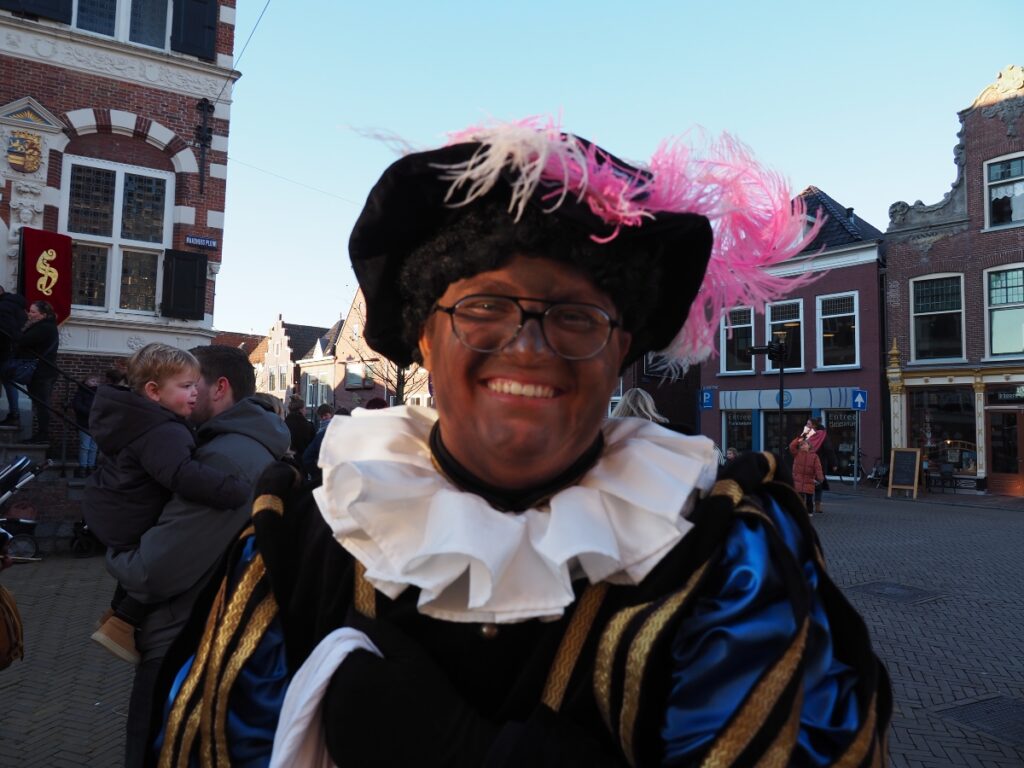
History of Santa Nicolas
Saint Nicholas is probably Bishop Nicholas who lived around the fourth century AD in Myra, a city in present-day southern Turkey. Very little is known about the life of Bishop Nicholas, it was only centuries later that Nicholas was venerated in many places in Europe. The Feast of Saint Nicholas is a primarily Catholic festival celebrated on December 5th. A Sinterklaas feast is celebrated in the Netherlands, Belgium, some parts of France, Curacao, Austria, Italy, Bulgaria, Ukraine, and the Czech Republic. In some countries such as England, France, and Germany, the feast of St. Nicholas got mixed up with Christmas and St. Nicholas changed identity and turned into the Weihnachtsmann, Père Noël, Father Christmas, and Santa Claus. December 5th is actually not the birthday of Saint Nicolas but the day of his death.
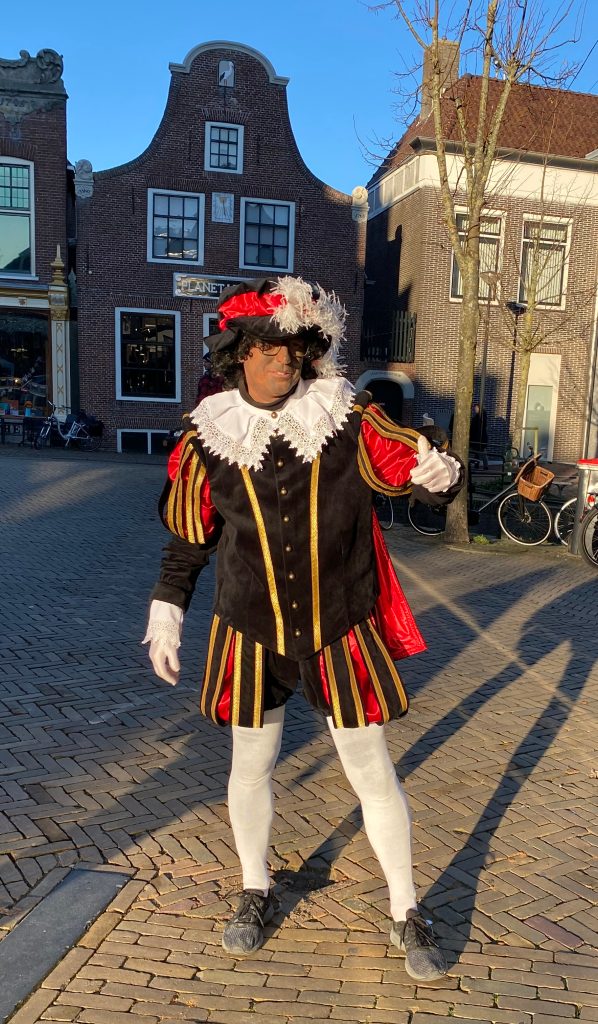
We wish you all a happy Sinterklaas feast with loads of nice presents and Sinterklaas sweets.
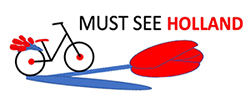
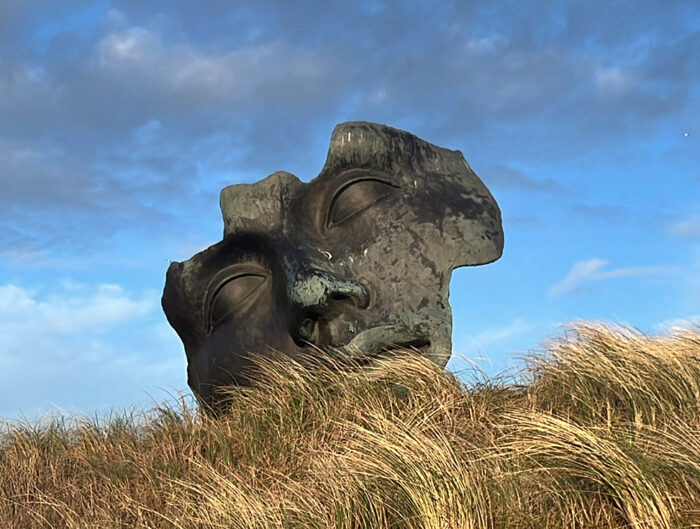
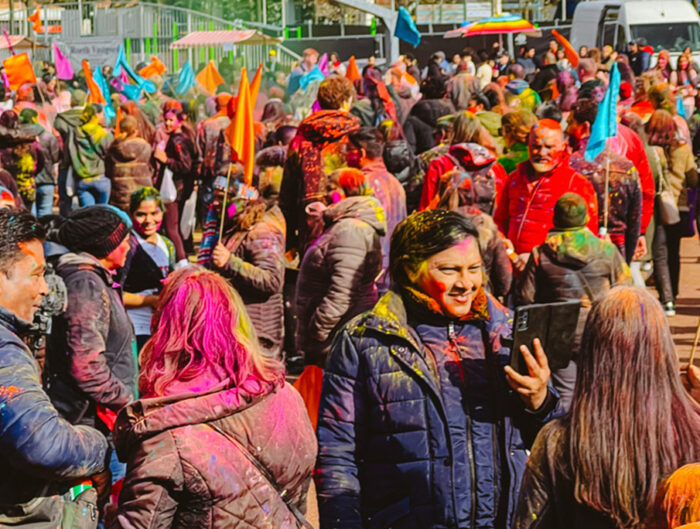
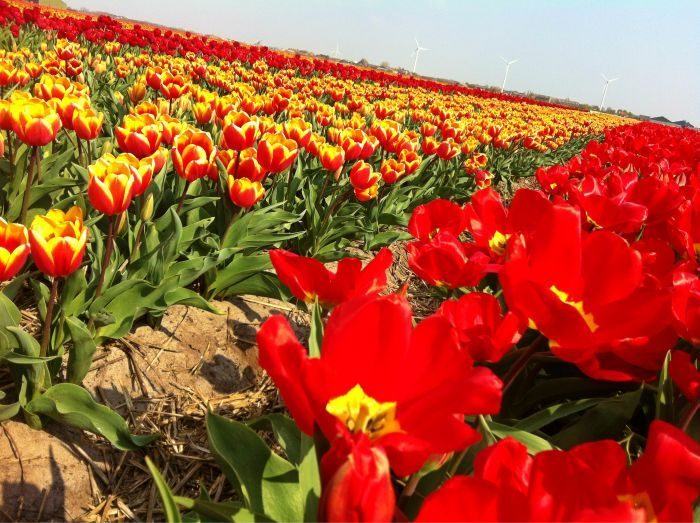



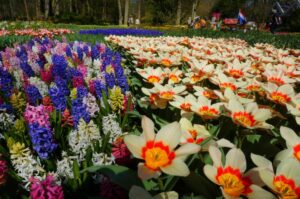
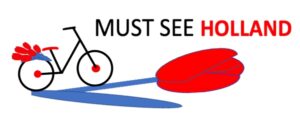
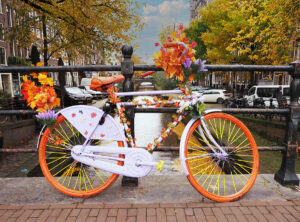

Leave A Reply